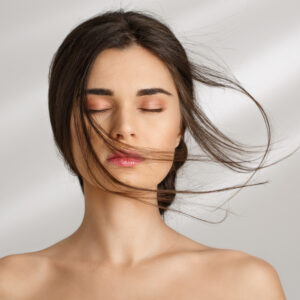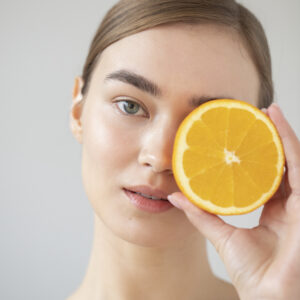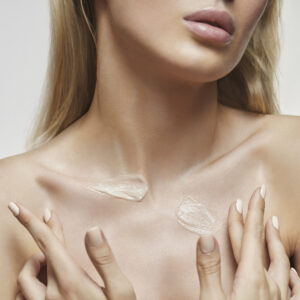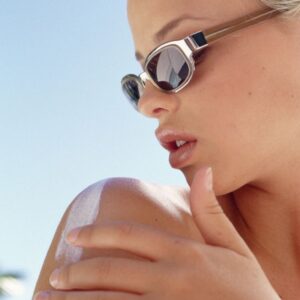Comedogenicity – substances that clog the skin in cosmetics
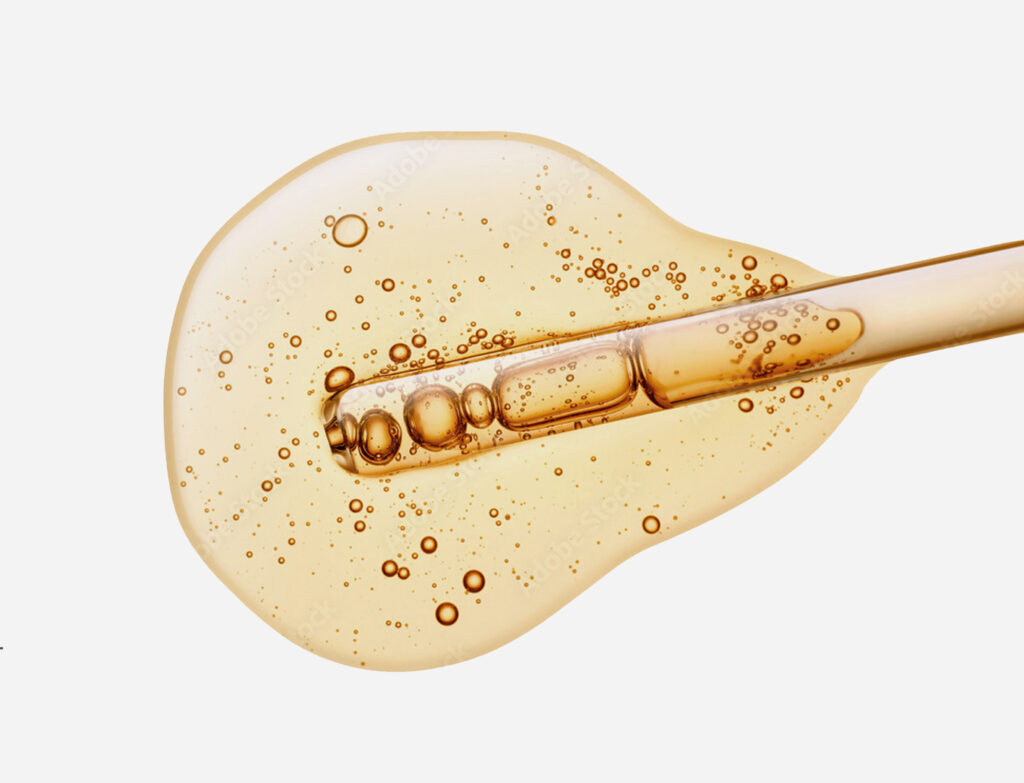
Consumers are asking more and more questions about the products they apply to their skin. When buying cosmetics, they are looking for one magic phrase that works like a charm on them. I mean the words “does not clog pores”. This designation describes which ingredients of the preparation do not block pores, and as a result do not cause or intensify the symptoms of acne and other unwanted skin imperfections. We have prepared a guide on comedogenic ingredients, in which we clarify all doubts.
What is comedogenicity?
Comedogenicity means the tendency of a cosmetic or its ingredients to clog the sebaceous glands. Comedogenic substances, also known as comedones, are responsible for the formation of blackheads, inflammations and other skin imperfections. The more comedogenic substances in skin care and makeup products, the greater the chance of skin imperfections or oiliness.
Comedogenicity scale, or ingredients that “clog” the skin
More and more cosmetics and cosmetic ingredients are appearing on the market. One of the most common questions that cosmetic companies receive from consumers is whether a given product or its ingredients clog pores. In 1979, popular dermatologist Albert Montgomery Kligman was the first to develop a comedogenicity scale known to this day. It organizes cosmetic ingredients by numbers:
- 0 – does not clog pores
- 1 – slightly comedogenic
- 2-3 – moderately comedogenic
- 4-5 – strongly comedogenic.
The above numbers were collected based on research conducted by scientists. And everything seems to be fine, but when you delve into the comedogenicity scale, it turns out that something is wrong.
Modern comedogenicity scale – what’s the problem and how to understand it correctly?

The most sensitive consumers compare the list of ingredients of a given cosmetic with the list of comedogenicity. They think that several strongly comedogenic substances accumulated in one product will cause an acne breakout. However, it turns out that it is not that simple.
First of all, such scales are not adapted to your complexion. In addition, when creating this scale, comedogenicity was not tested on human skin – but on rabbit ears, which are much more sensitive than human skin. It turned out that the ingredients that caused the pores on the inside of the rabbit’s ears to enlarge were not always comedogenic in the case of human skin. A popular myth is that petroleum jelly and oily ingredients are responsible for the formation of pimples.
Even if an ingredient is comedogenic, the cosmetic does not have to be. Or the same care product will bring different results for two people with similar skin types. There is no need to check and analyze every ingredient in a cosmetic, because a lot depends on whether the ingredient has been diluted.
The unique microbiome of each of us’s skin determines comedogenicity to some extent. For this reason, the comedogenicity scale should only be used to check strongly comedogenic ingredients, in order to avoid products containing a lot of comedogenic ingredients (especially in the case of sensitive, oily and acne-prone skin).
Non-comedogenic cosmetics – what to look for when choosing them?
People with problematic, oily, sensitive and combination skin look for non-comedogenic cosmetics. However, there are many doubts, and popular myths related to comedogenicity are still repeated.
Many factors can lead to the development of acne. The combination of cosmetic ingredients, their concentration, consistency, pH level, skin type, method of application or time left on the skin are just a few of them.
There are really no magic solutions in this case. Even if you find a cosmetic that has several potentially comedogenic ingredients on the INCI list, you should not worry too much about it. The best solution is to simply test the product on an inconspicuous part of the skin. Only this way will allow you to match the cosmetic to the natural skin microbiome.
Cosmetics with non-comedogenic formulas
It is worth reaching for high-quality Balansis cosmetics, which distinguish themselves with non-comedogenic formulas. They were created based on the comedogenicity scale. However, they also take into account many other factors, such as the degree of dilution of cosmetic ingredients and information about what women are allergic to and what they are not. When creating the recipes of Polish Balansis cosmetics, the pH of the skin, consistency and the combination of ingredients in a synergistic way were also taken into account.
They are characterized by a combination of the latest cosmetology knowledge and women’s experiences. For the creators of the brand, it was also important to eliminate ingredients that may harm the skin. The well-thought-out recipes of Balansis cosmetics were created after analyzing various indicators, thanks to which they are perfectly suited to problematic skin. Although they draw on the comedogenicity scale, other elements that were taken into account when determining comedogenicity meant that they do not cause the formation of blackheads, and additionally strengthen the microbiome and restore balance to problematic skin.
List of non-comedogenic ingredients in cosmetics
The cosmetic formulas of the Polish brand Balansis Cosmetics are filled with a multitude of non-comedogenic ingredients, including:
- sugar cane squalane,
- sunflower seed oil,
- mango butter,
- raspberry seed oil,
- marula oil,
- sacha inchi oil,
- hyaluronic acid,
- ceramides,
- juice from aloe,
- witch hazel hydrolate,
- prebiotics,
- Nordic raspberry extract,
- Kakadu plum extract,
- Baikal skullcap root extract.
In addition, non-comedogenic ingredients also include grape seed oil, sweet almond oil, hemp seed oil, hyaluronic acid, zinc, panthenol, vitamins, allantoin, lactic acid, coenzyme Q10, arginine and resveratrol.
Balansis Cosmetics is a company that produces non-comedogenic cosmetics, otherwise known as non-clogging cosmetics. They are distinguished by their light formula. Choose Polish Balansis cosmetics that will pamper your skin: https://balansis.pl/sklep/.

